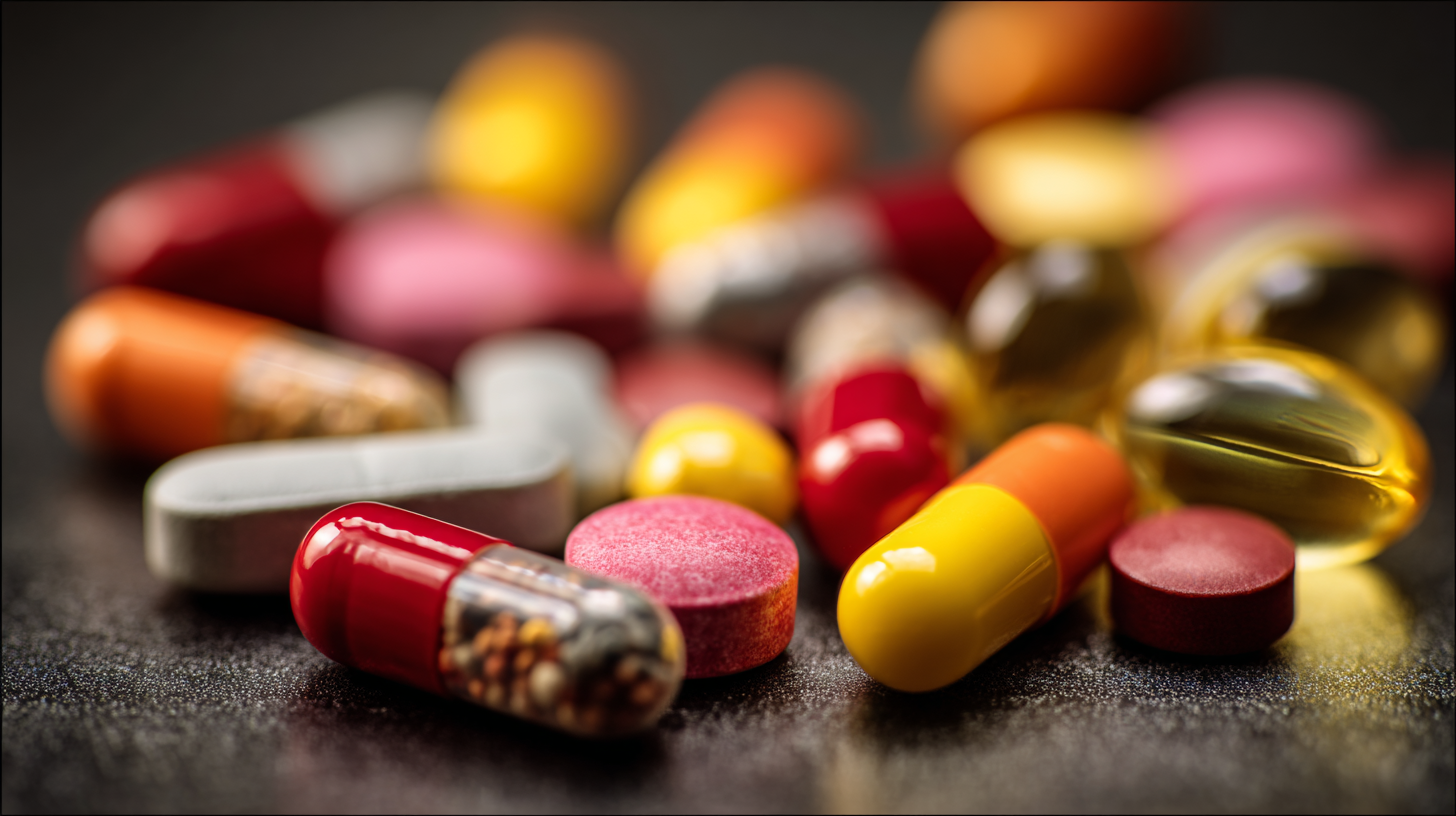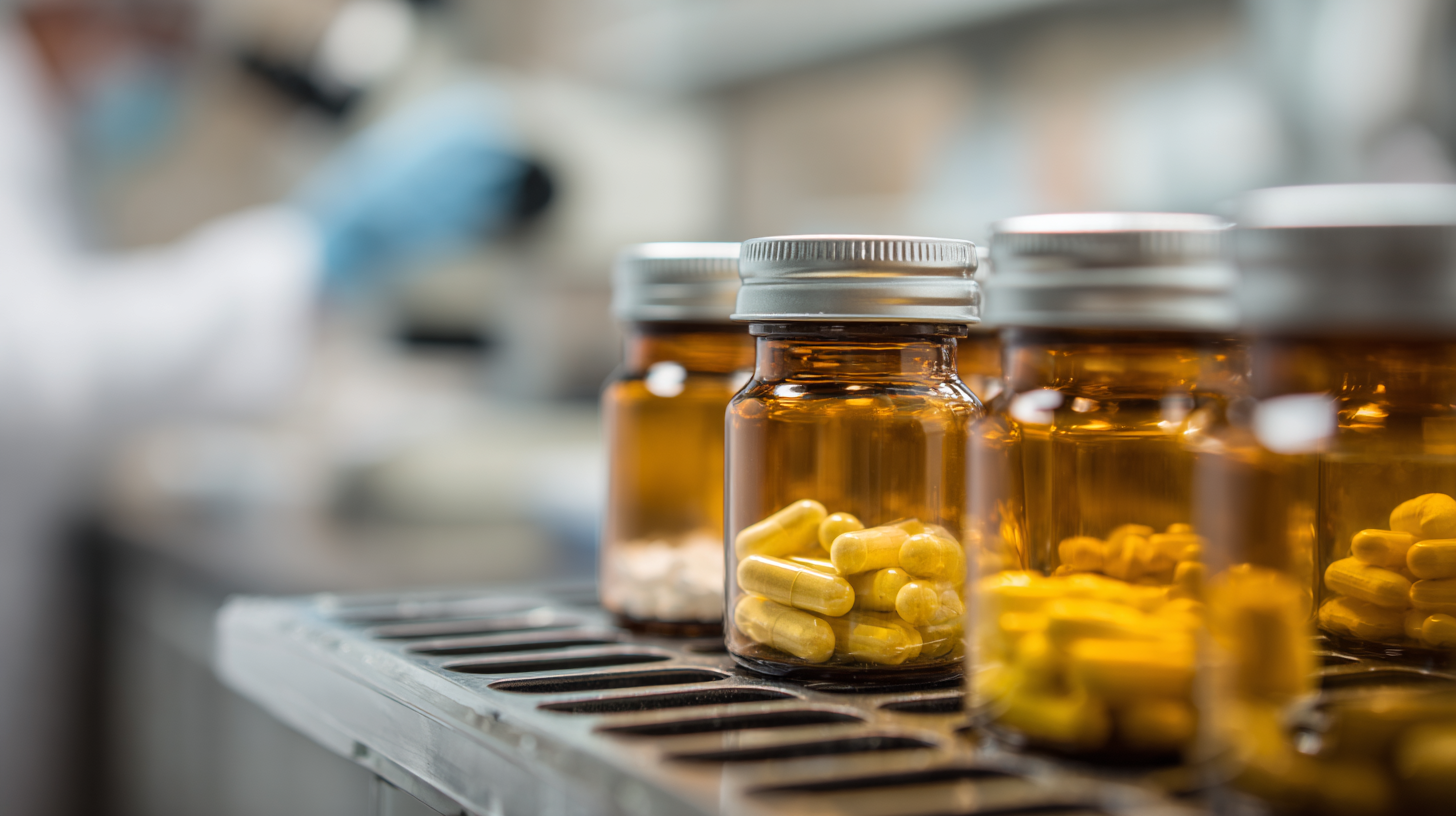In the rapidly evolving pharmaceutical landscape, the selection of the right Active Pharmaceutical Ingredient (API) has become paramount for ensuring efficacy, safety, and regulatory compliance. According to a recent report by MarketsandMarkets, the global API market is projected to reach USD 243.9 billion by 2025, growing at a CAGR of 6.1% from 2020. This surge underscores the increasing demand for high-quality APIs, as pharmaceutical companies strive to meet the complex needs of modern medicine.

The selection process for APIs is intricate, requiring a meticulous evaluation of factors such as purity, production capabilities, and regulatory adherence. As the mantra "精工细造,中国制造,服务世界" suggests, the commitment to precision in production and service excellence is vital in this competitive field.
Understanding the secrets to finding the best API can significantly influence the success of drug formulations and ultimately improve patient outcomes.
As the pharmaceutical industry continues to evolve, understanding the key trends in the Active Pharmaceutical Ingredient (API) market is crucial for manufacturers and researchers alike. By 2025, we anticipate significant advancements in biopharmaceuticals, driven by the growing demand for personalized medicine and targeted therapies. Companies are increasingly focusing on biologics and biosimilars, which present unique challenges and opportunities in the sourcing and production of APIs. This shift highlights the necessity for rigorous quality control and regulatory compliance to ensure patient safety and efficacy.
Moreover, sustainability is becoming a central theme in API production. The pressure to minimize environmental impact is prompting companies to adopt greener manufacturing processes and invest in innovative technologies that reduce waste and energy consumption. As regulatory bodies enforce stricter guidelines, firms must adapt to these changes while maintaining competitiveness. Keeping an eye on these trends will not only help businesses stay ahead in the rapidly changing market but also align their operations with future regulations and consumer expectations.
When sourcing Active Pharmaceutical Ingredients (APIs), understanding regulatory compliance and quality standards is crucial to ensure product safety and efficacy. Regulatory agencies, such as the FDA in the United States and EMA in Europe, have established stringent guidelines that manufacturers must adhere to when producing APIs. This includes Good Manufacturing Practices (GMP) which ensure that products are consistently produced and controlled according to quality standards. Familiarizing yourself with these regulations is not just a matter of due diligence; it's essential for maintaining your product's marketability and compliance.

Moreover, it is important to evaluate potential suppliers based on their adherence to quality standards. This includes reviewing their documentation on quality control processes, certifications, and inspection reports. A reliable API supplier should possess documentation such as the Certificate of Suitability (COS) or Drug Master Files (DMFs), which offer insights into their manufacturing practices and quality assurance measures. By prioritizing compliance and quality standards in your API sourcing process, you not only mitigate risks but also enhance the overall integrity of your pharmaceutical products.
When searching for the best active pharmaceutical ingredient (API), evaluating
supplier reliability and production capacity is paramount. A reliable supplier not only ensures the
consistent quality of the API but also adheres to regulatory standards, which is crucial for compliance in the
pharmaceutical industry. Conducting thorough background checks on potential suppliers, including their history,
certifications, and reputation in the market, can offer valuable insights. It's also important to communicate
directly with previous clients to gather firsthand experiences regarding supplier reliability, thus minimizing
risks associated with procurement.
In addition to reliability, production capacity plays a critical role in
meeting your specific needs. Understanding a supplier's manufacturing capabilities allows you to gauge whether
they can accommodate your order quantities and timelines. A supplier with a flexible production line
and scalable operations can adapt to fluctuations in demand, ensuring that your supply chain remains
uninterrupted. Assessing the technology and processes employed in their facilities can also provide confidence
in their ability to deliver high-quality APIs consistently. By focusing on these factors, you can make
informed decisions that align with your business objectives and
regulatory requirements.
The realm of active pharmaceutical ingredients (APIs) is continuously evolving, driven by innovations and advancements in technology. Innovative techniques like high-throughput screening and machine learning algorithms have transformed the drug discovery process, allowing researchers to identify promising compounds at an unprecedented pace. These technologies not only shorten the development timeline but also enhance the precision of API selection, leading to more effective therapeutic solutions.
Moreover, advancements in bioprocess engineering and synthetic methodologies significantly improve the efficiency of API production. Automation and continuous manufacturing processes reduce human error, increase yield, and minimize waste, aligning with the industry's push towards sustainability. The integration of digital technologies, like artificial intelligence and data analytics, facilitates real-time monitoring and optimization of production, ensuring quality and compliance at every stage. As the pharmaceutical landscape becomes more complex, the role of innovation and technology in API development is crucial to meet the growing demands for efficacy, safety, and affordability in healthcare.
This bar chart illustrates the adoption of innovative technologies in API development over the past seven years. The data represents the percentage of companies integrating specific technologies to enhance their API processes.
As the pharmaceutical industry continues to evolve, understanding market demand projections for Active Pharmaceutical Ingredients (APIs) is crucial. According to a recent report by Fortune Business Insights, the global API market is expected to reach $254.9 billion by 2028, growing at a CAGR of 6.5%. This growth is driven by the increasing prevalence of chronic diseases and a rising focus on personalized medicine, creating a vibrant landscape for sourcing the right APIs.

When navigating this dynamic marketplace, consider these tips: First, stay informed about regulatory changes. The FDA and EMA continually update guidelines that could impact API sourcing. Second, analyze market trends specific to therapeutic areas that align with your portfolio. For instance, a report by ResearchAndMarkets indicates a significant rise in demand for oncology-related APIs due to innovations in cancer treatment. Lastly, prioritize suppliers that show commitment to sustainability, as environmental concerns are increasingly important for regulatory compliance and corporate responsibility.
As you explore potential suppliers, look for those who offer transparency in their manufacturing processes and robust quality assurance schemes. A recent survey revealed that 63% of pharmaceutical companies prioritize quality and reliability in their API sourcing decisions, indicating that reliability can greatly influence your operational success in this competitive market.
